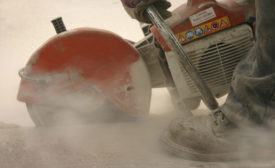News
U.S. DOL Blog post
“It Took About 5 Years to Kill Him, and We Got to Watch”
March 25, 2016
Never miss the latest news and trends driving the safety industry
eNewsletter | Website | eMagazine
JOIN TODAYCopyright ©2024. All Rights Reserved BNP Media.
Design, CMS, Hosting & Web Development :: ePublishing








